If there’s one thing that I have missed over the past two years, it’s a historical reenactment. And while most if not all War of 1812 events in Canada have again been cancelled, I have managed to satiate my desire for some historical reenactment and, more importantly, photography. Earlier this year I attended a small event in Milton with the 11th Swiss Rifles, a reenactment unit that portrays a typical Swiss Rifle unit during World War One. So when a larger event came up at Toronto’s historic Fort York, I jumped at the chance to see some friends, as you’ll quickly find in the hobby that there are many crossovers.

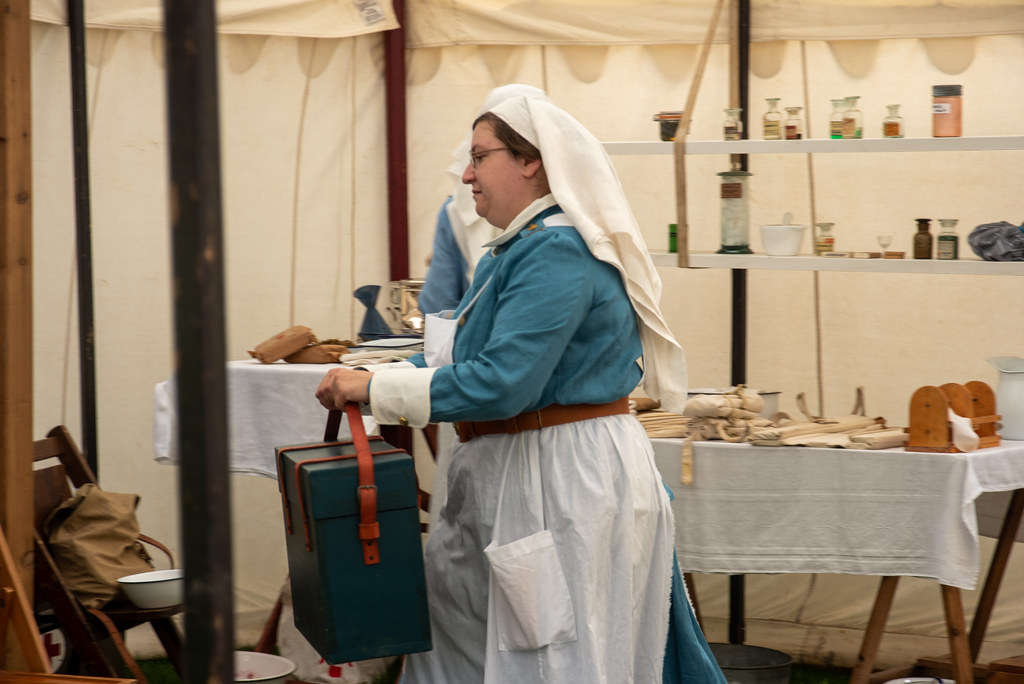

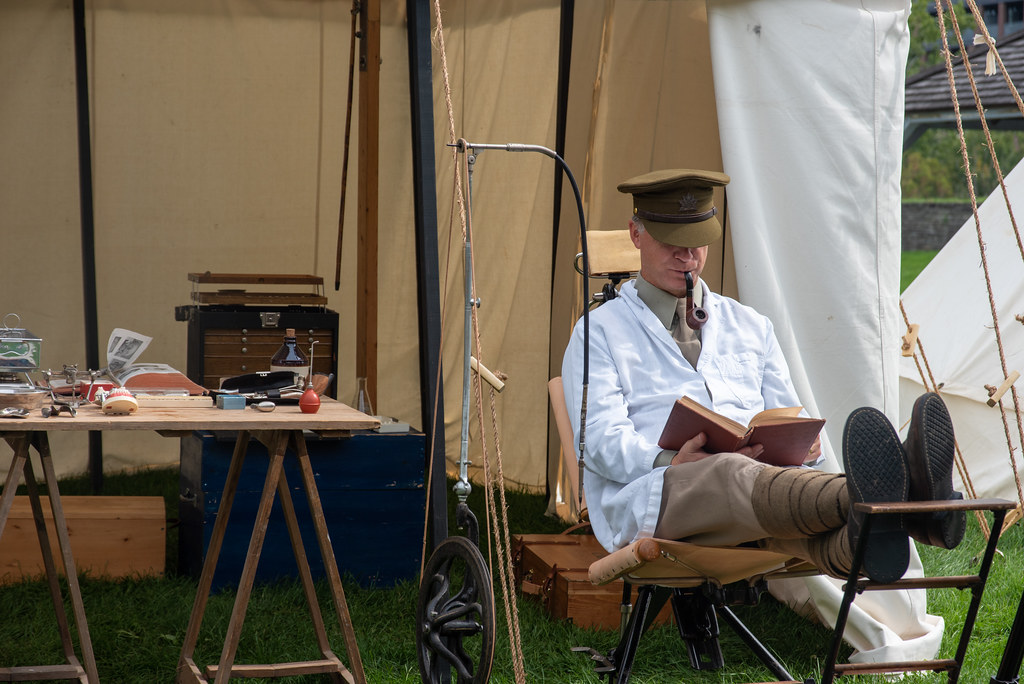

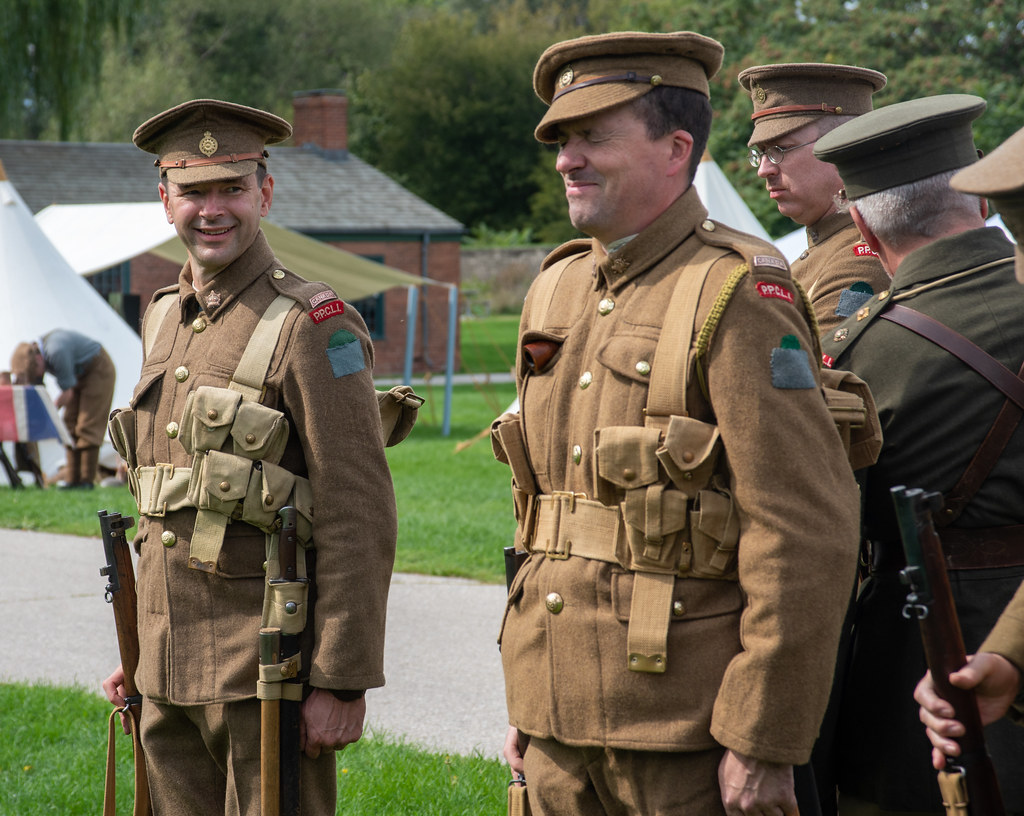
The real question came down to what equipment should I bring with me? Now photography and World War One don’t exactly go together. During the War, soldiers, mainly British and other Empire troops, could not carry cameras onto the front lines. The goal was to control the information getting out to the general public. There is also the matter that cameras of the day were bulky, think the Brownie, little more than boxes. And the materials weren’t exactly robust. That isn’t to say that cameras didn’t make their way into training camps. Eastman Kodak provided American troops with their Vest Pocket Camera when their troops began arriving on the front lines near the end of the War in 1918. Now I have a period-appropriate camera, a Hawk-Eye Model C from 1915, but I wasn’t going to take that camera with me because it was made in 1915. Instead, I had the D750 with a single lens, the handy 28-105mm, and the Zeiss Ikon Ikonta 521 along with my Contax IIIa. I also shot the Weekly roll, but the subject was the fort, not the event. Now the Ikonta and Contax are both post-war cameras, as in post World War Two. So not precisely period-appropriate, but they have that old look so that I could get away with it from forty yards. I went with Fomapan 400 (shot at ASA-250) in the Ikonta and my last roll of Efke KB100 in the Contax for the film. I developed all the rolls I shot this day in Kodak D-23, I know I should have used Rodinal, but Fomapan 400 looks good in D-23 and gives a far more old-time look.




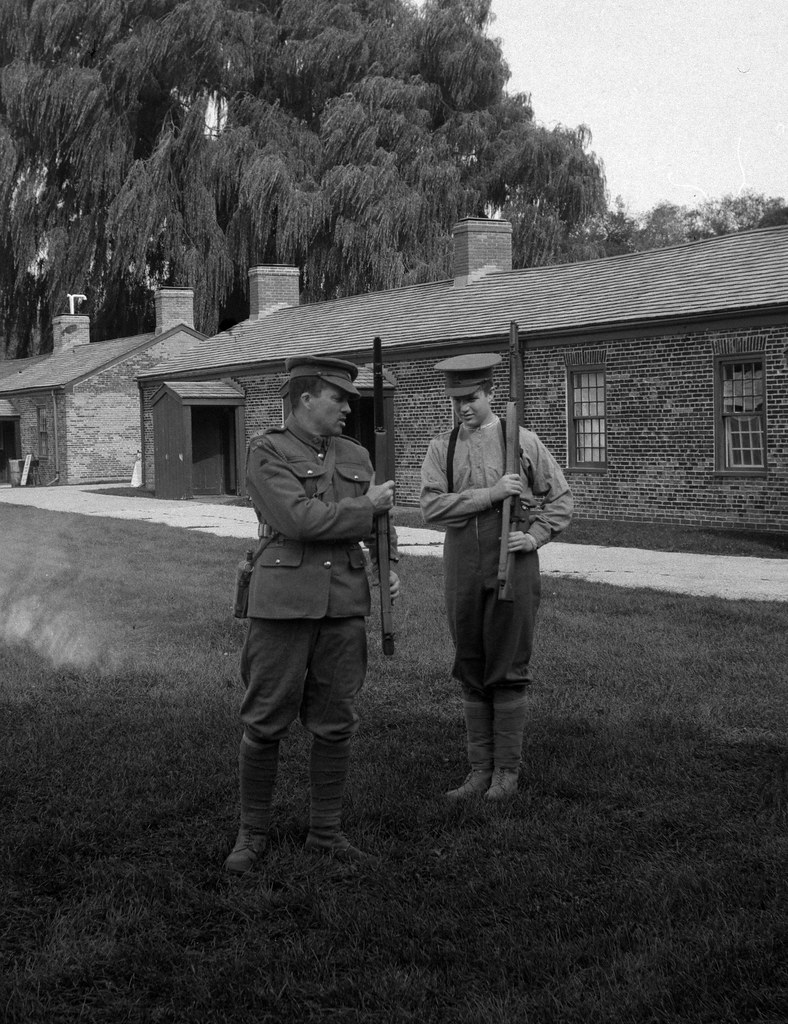
The one exciting part about Fort York is when you’re visiting the site; you’re surrounded by buildings that date back to the 19th Century, a blend from the late War of 1812 and into the 1820s and 1830s, But these are juxtaposed against the modern skyline with condo towers everywhere. I did my best, at least with the Ikonta shots, to compose without the modern background inching into the historical background. I managed to succeed in some cases; in others, some modern crept in, and still others, there was no hiding the towers. Now, of the four cameras I had with me, only two had meters, three had meters, two had working meters. I did pack my Gossen Lunasix F but never pulled it out; instead, I went with my gut. Lightmeter technology was not present during the War years; most cameras had a single fixed aperture and shutter speed. Thankfully I could easily read the light and, most times, shooting between f/8 and f/16, setting the shutter speed to the inverse of the film speed.



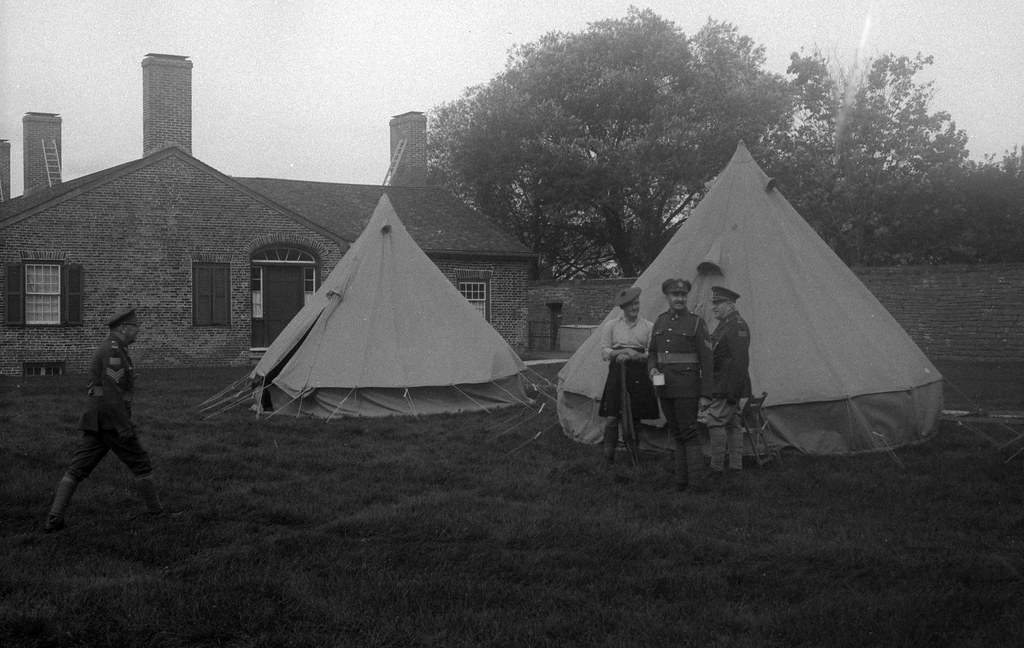


I’m happy with all my results, my favourites, of course, being the film shots, but even the digitals stood out. This was only my second WW1 event, and I’m rather pleased with how I executed my vision. The Fomapan 400 turned out beautifully with tonnes of imperfection, and the Efke stood out even more. The Efke was my final roll of KB100 that I had been saving for a special occasion, and I certainly don’t feel like I wasted the roll. You can check out all the images over on Flickr! And if you have a chance to come and visit Historic Fort York, it’s certainly worth your time.